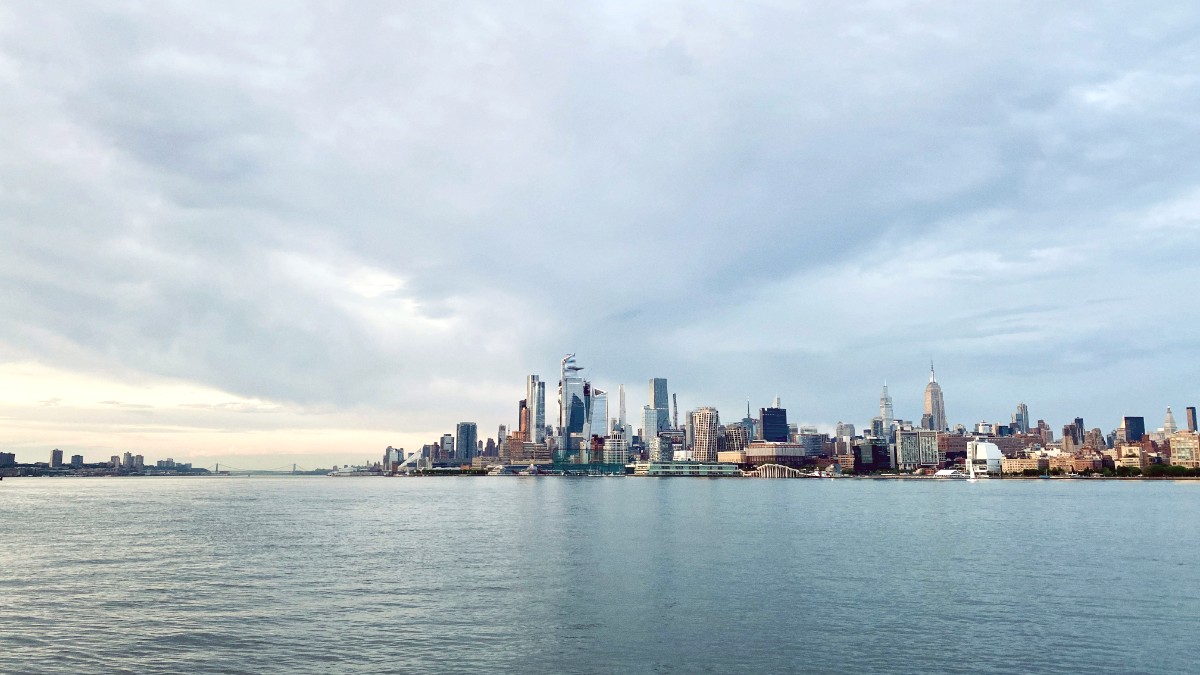
New York State, USA
Spring (April-May): Temperatures are mild, averaging from the 40s to 60s°F (4-18°C). Precipitation is moderate. Humidity levels are lower, making for comfortable outdoor exploration. This period works for garden tours and early outdoor activities before summer crowds.
Summer (June-August): This season brings warm to hot temperatures, averaging in the 70s to 80s°F (21-29°C), often rising into the 90s°F (30s°C). High humidity characterizes summer, especially in July and August. This is peak beach season.
Low Season (November-March): Accommodation and activity prices are lowest. Few crowds create a peaceful atmosphere. Winter sport opportunities exist if snow conditions allow. Towns feel cozy.
Cold weather and frequent snowfall define this period. Many seasonal businesses, especially restaurants and shops on the East End, close for winter. Outdoor activities are limited. Travel disruptions from snowstorms are a risk.
Stay Informed
Atlantic hurricane season (June 1 - Nov 30). Heavy rains, strong winds, coastal flooding. Peak risk: August & September. Monitor forecasts.
January through March. Significant snowfall, freezing temperatures. Travel disruptions, road closures, flight delays.
Coastal Storms
Strong coastal storms, often in winter. Heavy rain, snow, powerful winds.
Potential for widespread power outages and travel difficulties.
Best Conditions
Beaches & Water Sports: July-August. Winery Visits: September-October (harvest), May-June (milder). Golf: May, June, September, October.
Whale Watching: May-September. Antiquing/Shopping: Year-round, fewer crowds shoulder/low seasons.
For a balanced trip with good weather and fewer crowds, visiting during the shoulder seasons works well. These times balance pleasant temperatures with more relaxed experiences.
Avoiding peak summer means more affordable accommodation and easier access to attractions. Fall foliage tours are notably popular then, with colors across the island.
Beaches, water sports, lively boardwalks, peak crowds.
Wine harvest, apple picking, outdoor festivals, foliage drives.
Gardens, quieter towns, early hiking, mild temperatures.
Cozy escapes, lower prices, potential for snow activities.
Expect high demand and prices during holiday weekends (e.g., Memorial Day, Labor Day).
Travelers entering the United States must meet specific requirements.
All international visitors need a valid passport. It stays valid for at least six months beyond your planned departure date from the United States.
Upon arrival, U.S. Customs and Border Protection (CBP) officers conduct an inspection. They collect biometric data, including fingerprints and a photograph. Prepare to answer questions about your travel purpose and stay duration.
Long Island has options for various budgets, though some areas, like the Hamptons, carry a reputation for higher prices.
The United States Dollar (USD), commonly shown by the dollar sign ($), is the local currency.
Estimates are per person per day.
Savvy choices stretch your budget further.
This section has important information for your trip.
No specific vaccinations are generally required for entry to the United States from most countries. Routine vaccinations (e.g., MMR, DTaP, Polio, Varicella) should be current. An annual flu shot is a CDC recommendation. Consult your doctor or a travel clinic for personalized advice.
Tap water is safe to drink throughout Long Island. No need to purchase Bottled water for safety reasons. Food hygiene standards in restaurants are very high. No specific food precautions are needed beyond standard practices.
Healthcare in the U.S. Is expensive. Travel insurance is prudent for potential medical expenses.
Numerous hospitals and urgent care centers across Nassau and Suffolk counties.
Emergency Number: Dial 911 for police, fire, or medical emergencies.
Long Island is generally safe, especially suburban and rural areas.
Violent crime rates are lower than national averages.
Property crime is more common. Secure valuables, lock car doors, stay aware in crowded areas/parking lots.
Awareness of natural disaster risks matters.
Rip Currents: Common on ocean beaches. Swim near lifeguards, heed warning flags. Swim parallel to shore to escape a rip current.
Hurricanes/Winter Storms: Monitor forecasts, heed emergency alerts. These impact travel and local services.
| Service | Contact | Notes |
|---|---|---|
| Emergency (Police, Fire, Ambulance) | 911 | Direct connection to emergency services. |
| Non-Emergency Police (Nassau County) | 516-573-7000 | For non-urgent police matters. |
| Non-Emergency Police (Suffolk County) | 631-852-COPS (2677) | For non-urgent police matters. |